Crafting Audience Personas: A Beginner's Guide
You're here because you know the importance of connecting with your audience on a deeper level. Crafting audience personas is like having a friendly conversation with your potential customers to learn about their likes, dislikes, and interests. It's a journey of discovery, and we're here to guide you through it step-by-step.
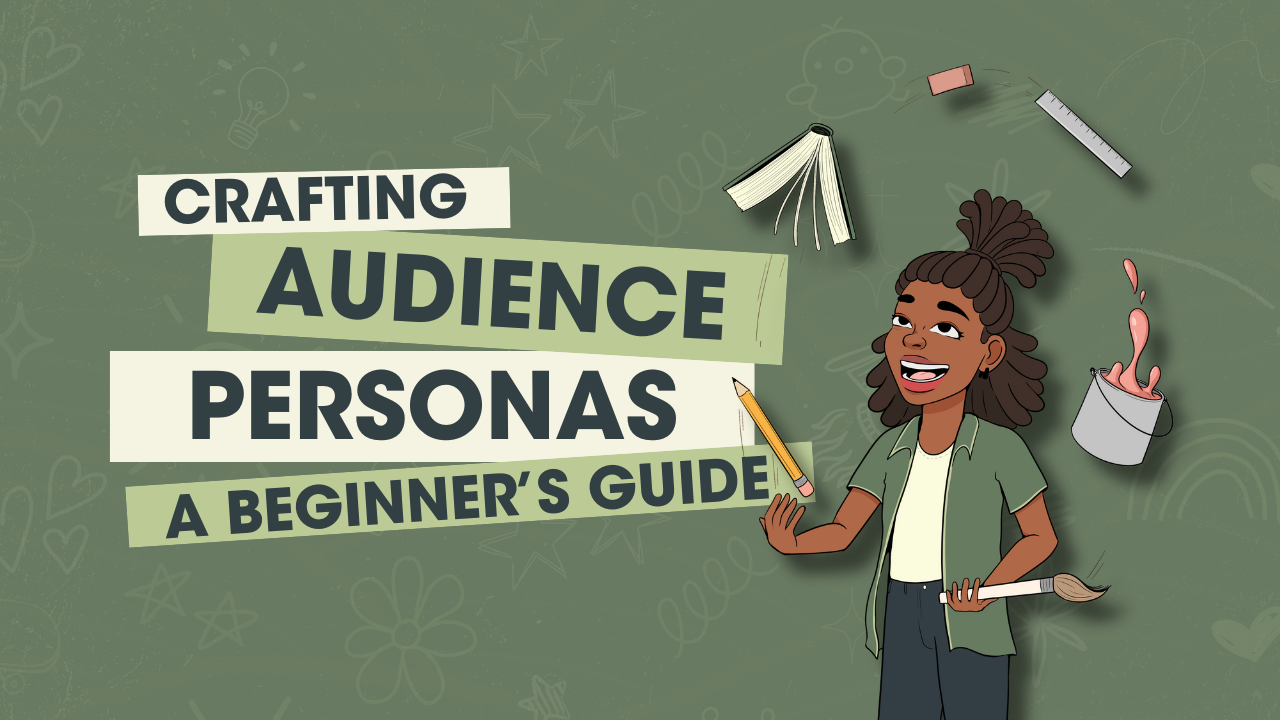
Step 1: Understanding the Importance of Audience Personas
Before we move forward, let's take a moment to understand the concept of audience personas in a friendly tone.
Personal Touch: By crafting audience personas, you get to add a personal touch to your marketing strategies.
Targeted Campaigns: These personas help you create campaigns that resonate well with your potential customers.
Building Relationships: It also helps in fostering long-lasting relationships with your audience.
Having clear audience personas is like having a compass in the world of branding. It helps you navigate with precision and purpose while being friendly.
🎁 Your Action Step: Start by jotting down what you already know about your audience, and if you're at a loss, don't worry! You can start building this knowledge by referring to our post on finding your target audience.

Step 2: Gathering Data
Now, let's gather some data! Here are a few ways you can do it:
Surveys and Feedback: You can launch surveys or request feedback from your existing customers. This can give you some great insights!
Social Media Insights: Utilize social media analytics to find out what your audience likes and prefers.
Market Research: Dive into market research to understand broader trends and preferences. This can be really helpful!
Remember, the more data you gather, the clearer your audience personas will become.
🚀 Your Action Step: Set aside some time this week to create a survey or delve into your social media insights. And maybe consider checking out our blog post on leveling up your social media game for some additional tips!

Step 3: Creating Your Audience Personas
You've got your data, fantastic! Now, let's channel that into creating vibrant, detailed audience personas.
Demographics: Include basic demographics like age, gender, and location.
Psychographics: Dive deeper by looking into their likes, dislikes, hobbies, and values.
Visual Representation: Create a visual representation of each persona to make them more tangible. This can be an illustration or a stock photo of a person who puts a face to the idea.
Your Action Step: Use our Free Customer Persona Template to start crafting your audience personas. It's structured to guide beginners effortlessly through the process.
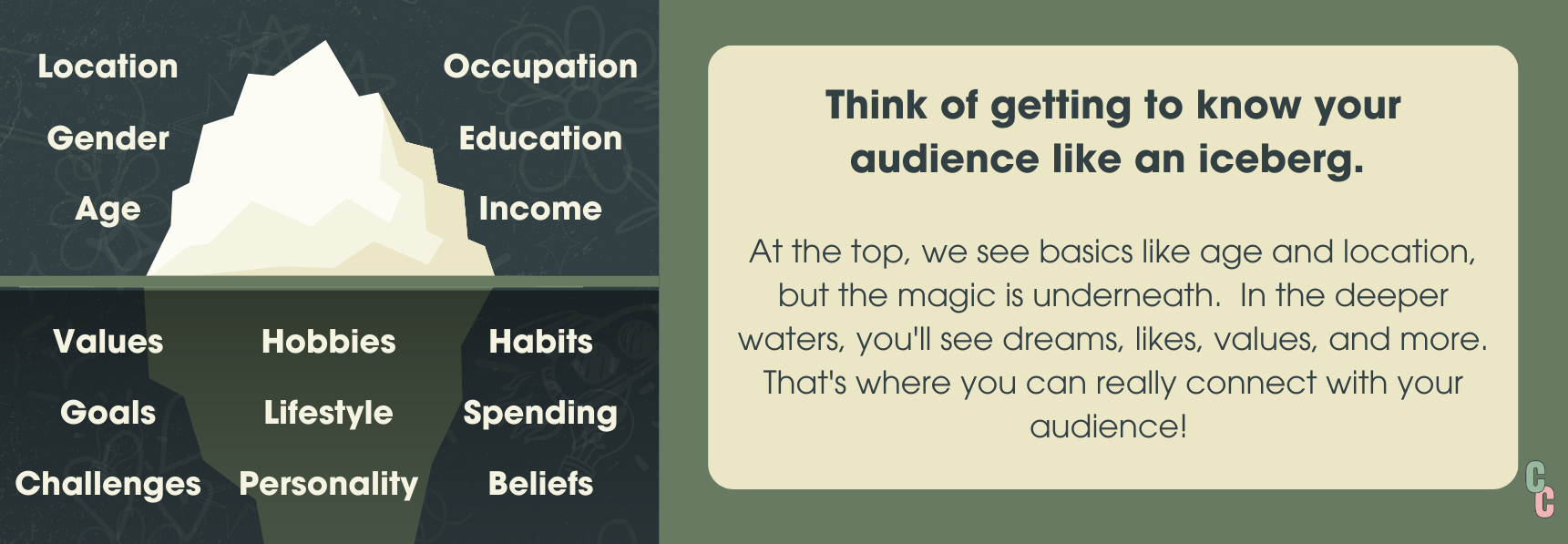
Step 4: Implementing Your Audience Personas
With your newly crafted audience personas, it's time to put them to work!
Marketing Strategies: Tailor your marketing strategies to suit the preferences of your personas.
Content Creation: Create content that resonates with each persona, fostering a deeper connection.
Product Development: Use insights from your personas to inform product development, ensuring it meets their needs.
🌟 Your Action Step: Begin incorporating your audience personas in your next marketing campaign.

Closing Thoughts
Congratulations on taking such a significant step towards elevating your brand! At Constant Creates, we are always here to guide you in this exciting journey. Remember, creating audience personas is not a one-time task, it's an ongoing process of learning and growing alongside your audience.
We are rooting for you to create a brand that resonates deeply and authentically with your audience. Let's continue this journey together, nurturing a brand that reflects not only your passion but also the dreams and aspirations of your audience.
Your Next Step: If you haven't already, please subscribe to our Fridays with Faye newsletter for weekly insights, tips, and a friendly chat to end your week on a high note!
In a world where quick and easy tools are making content creation faster than ever, small business owners risk blending into the noise. The real key to standing out? Your authentici’t replicate your authenticity, personal brand, and unique experiences. Learn how to use them wisely while future-proofing your brand with strategy, creativity, and human connection.
Discover the crucial elements that form the backbone of any strong brand identity and learn why these components are vital for your business's market success.
Struggling to charge what you’re worth? It’s not just about your pricing—it’s about your brand. A strong brand increases perceived value, builds trust, and allows you to command premium pricing without constantly justifying yourself. In this post, we break down how to use branding to elevate your business and confidently charge more.
Branding isn’t just about looking good—it’s about increasing revenue, attracting better clients, and building long-term business value. A strong brand allows you to charge more, gain customer loyalty, and stand out in a crowded market. But how do you measure its financial impact? In this post, we break down the true ROI of branding and how to maximize it for your business.
Ready to build a wellness brand that truly connects with clients? From understanding your ideal client to creating a unique brand identity, this guide covers everything you need to stand out and attract people who love what you offer.
Understanding the key differences between branding and marketing is crucial for business success. Discover why your marketing firm might not be the best choice for branding and learn the value of hiring a specialized branding expert.
Branding crafts your business's soul, while marketing showcases it to the world. Learn about the identity and buzz you can develop for your brand and how they work together to elevate any business.
Discover how attraction marketing can revolutionize your business by drawing in customers with valuable content. Learn the strategies and types of attraction marketing that build trust and foster long-term relationships.
Thinking about building a brand but not too happy about the idea of being the face of it? Whether you’re camera shy, value your privacy, or simply relish a bit of mystery, creating a faceless brand might just be what you need. This guide explores how to build a powerful presence without putting your face forward.
Ready to elevate your brand? Discover the essential components of a brand strategy blueprint and how a well-defined strategy can build a strong, consistent, and recognizable brand. Learn why a strategic approach is crucial for long-term success and how it sets you apart from the competition.
So, you've got a YouTube channel and you're putting out some awesome content. But have you thought about branding it? Branding your YouTube channel is crucial for standing out, building recognition, and fostering viewer loyalty. This guide will show you how to turn your channel into a destination for your audience.
In this comprehensive guide, we explore various content types—from blogging and podcasts to infographics and social media posts—that can elevate your digital identity. Discover how each content type can be leveraged to not only boost your visibility but also to forge a deeper connection with your audience.
Unlock the power of wearable advertising with custom t-shirts! Our guide explores how these versatile garments can enhance your marketing, increase brand recognition, and engage customers effectively.
Discover the power of a mission statement in defining a brand's purpose and direction. Whether you're kickstarting a venture or rebranding, dive into the secrets behind crafting an unforgettable mission statement.
Unlock the potential of lead magnets to amplify your business growth! Learn why they are a game-changer, their invaluable benefits, how they align with effective branding, and how to transform passive visitors into engaged customers.
Unlock the secrets to crafting a content strategy that resonates with your audience in a meaningful way. Explore actionable strategies that blend the art of understanding your audience's needs with the science of analytics. Let us guide you in fostering a loyal community around your brand powered by compelling narratives and data-driven insights.
Explore the different ways, from blogs to podcasts, to foster deep connections with your audience and amplify your brand's voice. Let’s walk you through crafting a content strategy that resonates, engages, and converts!
Looking to forge deeper connections with your audience? Unveil insightful tips to identify and solve your audience's pain points.
Ever wonder how to connect with your audience on a deeper, more personal level? Discover the art of crafting audience personas with our friendly, step-by-step guide. Whether you're just starting or looking to elevate your brand, we've got the perfect blueprint to help you forge stronger bonds with your audience.
Repurposing isn't just recycling—it's reimagining. Dive into seven transformative strategies to refresh your old content, from engaging video adaptations to influencer collaborations, and watch your brand's message resonate with an even broader audience.
Branding or marketing — which is more important? Dive deep into the roles each plays in business success and understand why the synergy of both is a game-changer.
Dive deep into the essence of brand strategy, its critical components, and the tangible benefits it brings to businesses. Discover how a strong brand strategy can be your compass in a saturated marketplace.
Unlock the true potential of your brand by crafting insightful audience personas. It's not about reaching everyone; it's about creating meaningful connections. Explore the art and science of understanding your ideal customer with our comprehensive guide.
Having a hard time navigating your business? Dive deep into the art of understanding your target audience. From the magic of clear brand messages to the nuances of color in design, discover how a laser-focused vision can amplify your brand's impact in today's digital landscape.
Discover how color shapes consumer perceptions and buying decisions. Understand the essentials of color psychology to enhance your marketing strategies and boost business growth.








































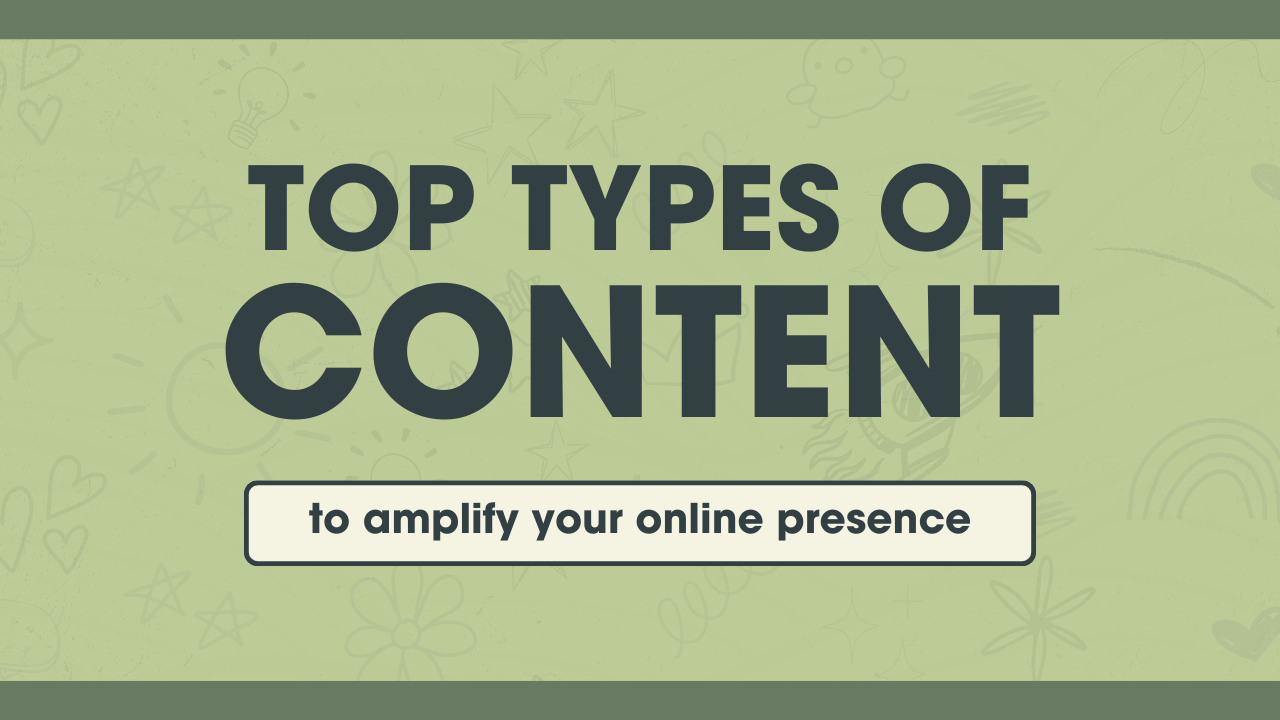










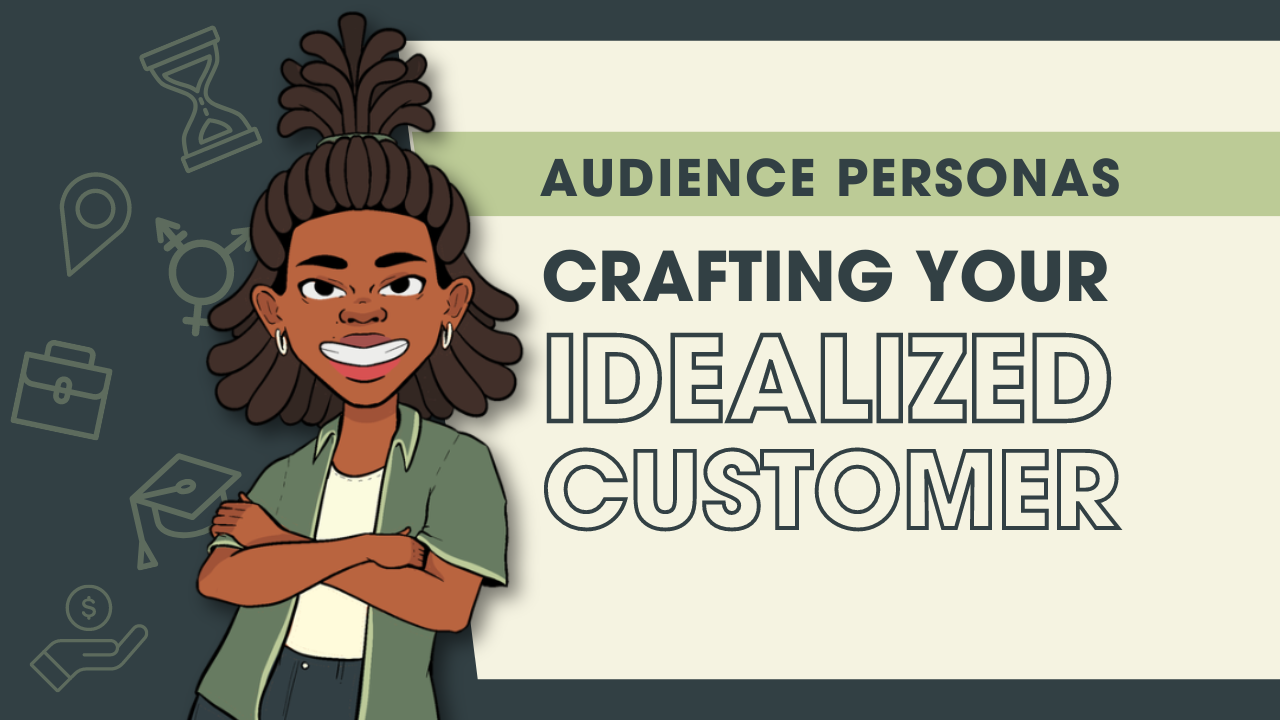
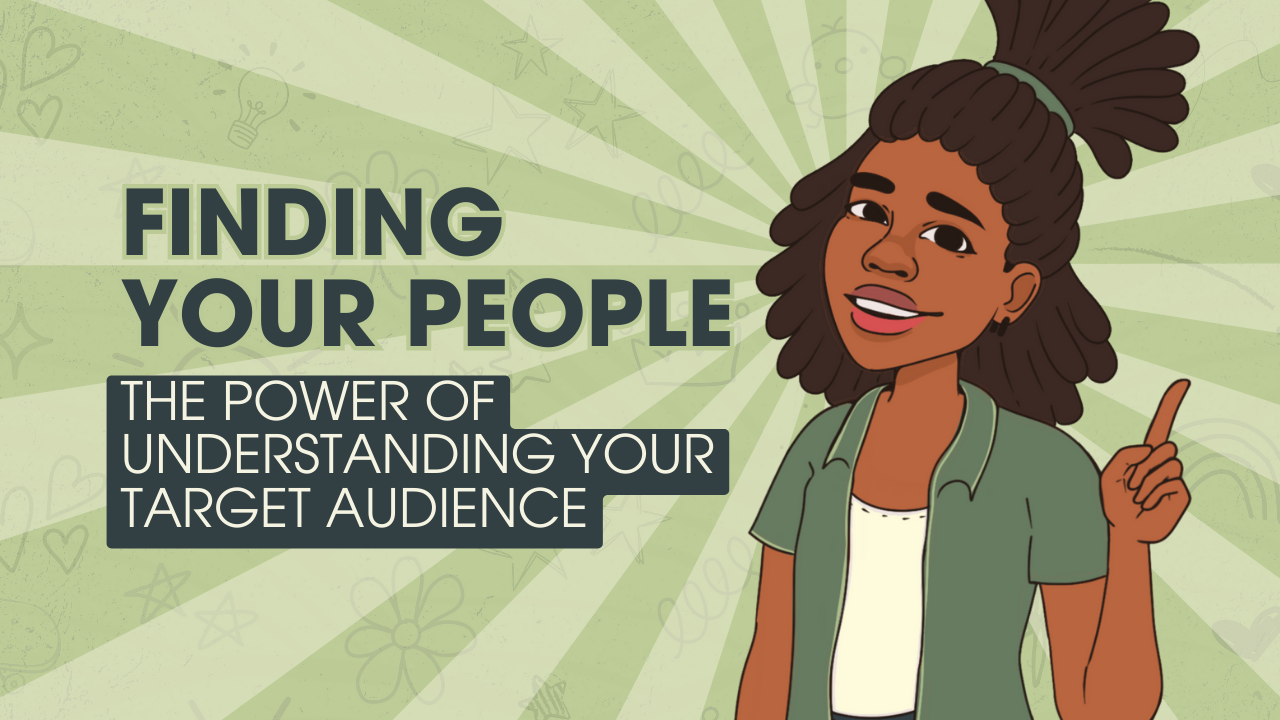

Discover the essentials of email marketing with this comprehensive guide. Learn how to build your email list from day one, create irresistible lead magnets, and keep your subscribers engaged with personalized content. Whether you're just starting out or looking to refine your strategy, this post has everything you need to succeed.